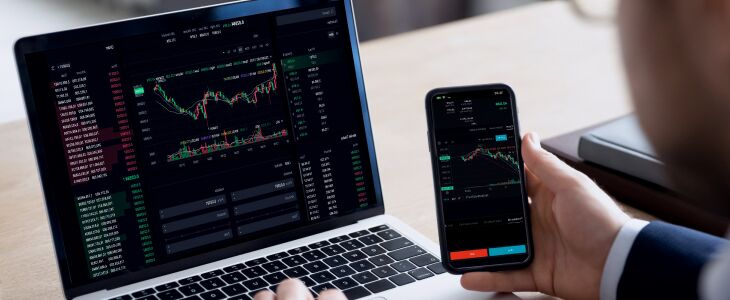CFD Trading Explained: A Beginner’s Handbook

CFD trading, or Contract for Difference trading, has become increasingly popular among investors looking to diversify their portfolios and explore new financial opportunities. But what exactly is cfd trading, and how does it work? This beginner-friendly guide breaks down the essential concepts to get you started.
What Is CFD Trading?
CFD trading involves speculating on the price movements of financial assets—such as stocks, commodities, indices, or currencies—without owning the underlying asset. Instead of buying or selling the asset itself, traders enter an agreement with a broker to exchange the difference in the asset’s price from the time the contract is opened to when it is closed.
For instance, if a trader believes the price of gold will rise, they can open a CFD position. If the price increases, the trader earns the difference as profit. If the price declines, they incur a loss.
Key Features of CFD Trading
Leveraged Trades
One major appeal of CFD trading is leverage. Traders can gain exposure to larger positions without needing the entire value upfront. For example, with a leverage ratio of 10:1, you might only need $1,000 to control a $10,000 position. However, while leverage amplifies potential profits, it also increases exposure to losses, making risk management crucial.
Long and Short Positions
CFD trading allows traders to speculate in both directions. You can open a long position if you think the asset’s price will increase or take a short position if you believe the price will decrease. This flexibility makes CFD trading appealing during both bull and bear markets.
Diverse Market Access
CFD trading provides access to a wide range of global markets from a single platform. Whether you’re interested in tech stocks, crude oil, or forex pairs, CFDs allow you to trade these assets without complicated ownership.
Risks to Consider
While CFD trading offers several advantages, it is not without risks. Market volatility can lead to rapid losses, especially when using high leverage. New traders should ensure they have a clear understanding of the market and use tools like stop-loss orders to manage risk effectively.
Final Thoughts
CFD trading can be a powerful way to diversify your investments and capitalize on market movements. However, success requires a solid understanding of the mechanics and risks involved. Start small, use leverage prudently, and stay informed about market trends to build your confidence as a CFD trader.
